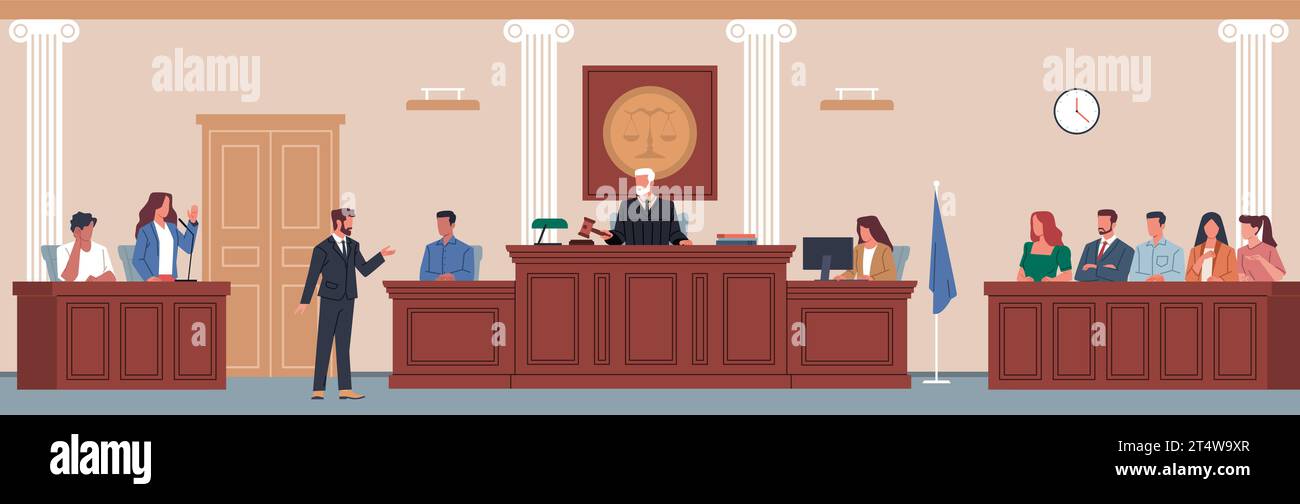Powerful trial presentations combine visuals, data, and strong arguments.
Powerful trial presentations combine visuals, data, and strong arguments.
Blog Article
How Trial Presentations Enhance Your Argument and Convince Jurors
Trial discussions function as a pivotal mechanism for boosting lawful arguments and convincing jurors. By integrating aesthetic aids, narrative structures, and psychological engagement, attorneys can create an engaging situation that resonates on multiple levels. The strategic use visuals not only clears up complicated details however additionally captures jurors' attention better than words alone. The art of storytelling plays an equally crucial role in changing factual proof into a compelling story, forming jurors' perceptions. Comprehending these components can dramatically impact test outcomes, elevating the inquiry of just how each part contributes to this elaborate dynamic.

Significance of Visual Aids
Visual help play an important function in improving the efficiency of trial discussions, as they can dramatically increase audience interaction and retention of details. In the context of a test, where jurors are tasked with handling facility information, aesthetic aids serve to streamline and clarify essential points. Graphes, charts, and pictures can convey information and ideas that might otherwise bewilder or puzzle jurors, permitting a much more simple understanding of the evidence offered.
Moreover, aesthetic aids help in keeping juror attention throughout the procedures. By breaking the monotony of spoken statement, these tools can stress crucial debates, making them more memorable. Efficient aesthetic help can likewise stimulate emotional reactions, which can be pivotal in encouraging jurors to straighten with the speaker's narrative.

Crafting Engaging Stories
An engaging narrative is necessary in test presentations, as it works as the backbone of effective persuasion. It permits attorneys to weave with each other truths, evidence, and emotional components into a meaningful story that reverberates with jurors. This narrative framework makes it possible for jurors to understand the complexities of the case while guiding them with the lawyer's disagreement.
To craft an engaging story, lawyers should focus on clearness and coherence. In addition, the usage of brilliant summaries can develop mental images that aid jurors envision the events, making the narrative extra remarkable.
Furthermore, integrating essential themes throughout the presentation enhances the core message and help in retention - trial presentations. The story needs to not only communicate details but likewise evoke a sense of justice, highlighting the stakes included. Ultimately, a well-constructed story promotes a link between the jurors and the case, positioning the attorney's debate as both reputable and compelling, therefore raising the chance of a desirable verdict

Engaging the Jury Emotionally
Reliable court interaction rests on the lawyer's capability to get in touch with jurors on an emotional level. This connection can considerably impact jurors' understandings and their ultimate decision-making. Using sob stories allows attorneys to humanize the situation, changing abstract lawful principles right into relatable experiences. By presenting real-life stories or reviews, attorneys can evoke compassion and concern, cultivating a much deeper understanding of the problems at risk.
Visual aids, such as photos or videos, can better enhance emotional involvement, offering jurors with vivid representations of the instance's human elements. Crafting a narrative that highlights the struggles and victories of the individuals entailed makes sure that jurors see beyond the lawful debates and recognize the human effects of their decisions.
Moreover, tone and body movement play an important duty in conveying feeling. A lawyer's enthusiastic distribution can resonate with jurors, reinforcing their explanation their psychological financial investment in the event. It's important to stabilize psychological appeals with accurate proof, making certain that jurors really feel obliged to act while staying based in the truth. Ultimately, an emotionally engaged court is much more likely to be convinced, making emotional link a vital part of efficient trial presentations.
Structuring Your Discussion

The body of the discussion need to be realistically fractional into bottom lines, each sustained by engaging evidence. It is valuable to make use of narration methods to weave realities right into a story that jurors can conveniently comply with. Visual help, such as charts and videos, can boost comprehension and involvement, assisting to highlight critical pieces of proof.
Real-World Study
Examining real-world situation researches provides invaluable understandings into the art of test presentations and persuasion. The defense group effectively utilized a technique that integrated top-level professional testimonies with multimedia presentations, which astounded jurors and inevitably influenced their decision.
Another remarkable instance is the "McDonald's Coffee Situation," where the complainant's attorneys utilized graphic images of the injuries suffered by Stella Liebeck. trial presentations. This stark visual proof played a vital duty in communicating the extent of her burns, resulting in a considerable jury award. Such instances demonstrate that Continue impactful test discussions usually rest on the efficient integration of visuals and storytelling Learn More to stimulate emotional actions from jurors
Additionally, the "Casey Anthony Test" highlighted the relevance of narrative coherence and reputation. The prosecution's failure to establish an engaging timeline decreased their convincing power, highlighting the necessity of a well-structured discussion. Evaluating these situations reveals that effective trial discussions need critical planning, emotional involvement, and the ability to resonate with jurors' values and beliefs.
Conclusion
Test discussions dramatically boost arguments and encourage jurors via the calculated use of visual aids, engaging stories, and psychological involvement. A well-structured discussion equilibriums emotional allures with valid evidence, ultimately resonating with jurors' values.
Report this page